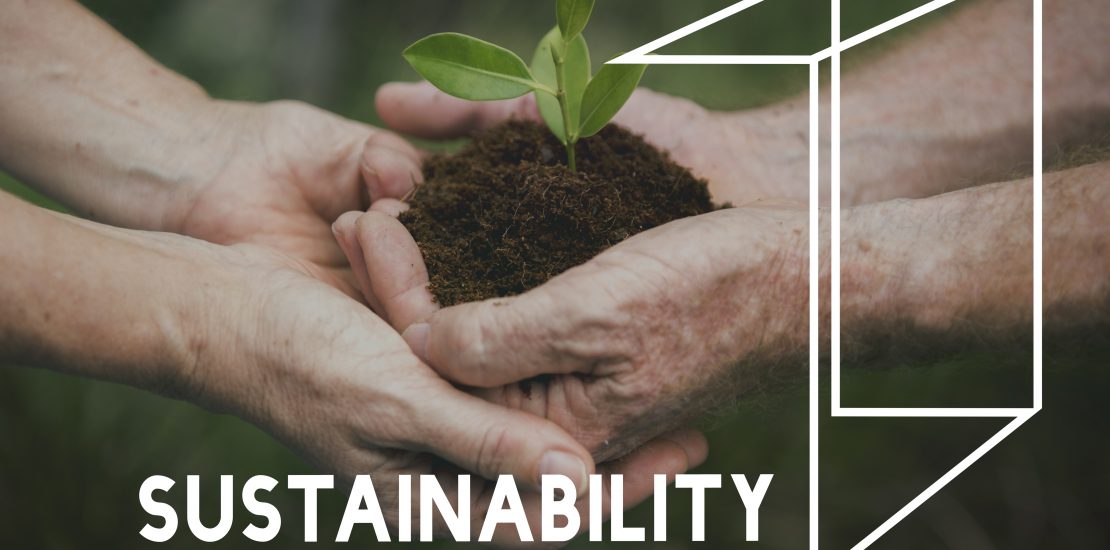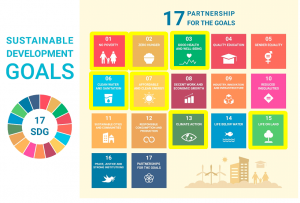Sustainability Goals in Relation to Environmental Impact Assessment
- October 9, 2023
- Posted by: Velosi Author
- Categories: HSE, Insights

Sustainability Goals are of great concern when it comes to our environment. Seventeen Sustainable Development Goals (SDGs) are defined that need to be put together at the right time and place. This can be done by utilizing the main aspects of Environmental Impact Assessment (EIA).
Environmental Impact Assessment (EIA) unveils the roadmap to a sustainable “future.”
Introduction
An Environmental Impact Assessment (EIA) is a systematic procedure that identifies, predicts, and analyzes the potential environmental impacts. The EIA serves as a critical tool for informed decision-making, guaranteeing that projects are planned and executed with an emphasis on minimizing their environmental footprint.
EIA and the SDGs are closely related. EIA can help to achieve the SDGs by ensuring that projects are developed in a sustainable manner. For example, EIA can help to protect biodiversity, reduce pollution, and mitigate climate change.
All put together can be described as both sustainability goals and the Common Scenario Framework of Environmental Impact Assessment plays a vital role in a sustainable tomorrow.
Importance of Sustainability Goals
A sustainable future must be a collective motive of every industry which can be achieved through following certain sustainability goals. Moreover, sustainability goals are said to be clear maps with destinations, such as cutting down on pollution, protecting wildlife, and making sure everyone is treated fairly in an environmentally friendly manner.
EIA Can Assist to Achieve the Following Sustainable Developmental Goals
Goal 1: No Poverty
Goal 2: Zero Hunger
Goal 3: Good Health and Well-being
Goal 6: Clean Water and Sanitation
Goal 7: Affordable and Clean Energy
Goal 13: Climate Action
Goal 15: Life on Land
How EIA can help to achieve the Sustainability Goals Through a Common Scenario Framework?
As mentioned above, EIA assesses potential risks, predicts impacts, and suggests potential ways to minimize harm. The Common Scenario Framework is also called the “GPS” in decision-making actions. EIA’s efficiency depends on the set framework, which ensures a variety of scenarios during any ongoing and upcoming future projects. Hence, this helps organizations make systematic, effective, and accurate informed decisions in a short interval of time.
10 Benefits of Having Common Scenario Framework Ideas:
- Thorough Analysis: It helps consider all possible scenarios for a project, ensuring we understand its environmental effects completely.
- Smart Decision-Making: By exploring different scenarios, we make smarter choices that align with sustainability goals and lessen harm to the environment.
- Lower Environmental Risks: It lets us identify risks early on and find ways to reduce harm to nature.
- Better Engagement: Involving stakeholders in scenario assessments builds trust and helps everyone understand the project’s impact.
- Adaptability and Strength: It helps projects stay strong in the face of change by planning for different futures.
- Legal Compliance: It ensures we follow the law, reducing the risk of legal issues.
- Sustainability Alignment: We can better associate projects with sustainability goals, balancing development and nature protection.
- Long-Term Care: It encourages taking care of the environment for the long haul.
- Positive Image: Being open and thorough improves public support and shows commitment to the environment.
- Continuous Improvement: Regular use of this framework leads to better project planning and more sustainable outcomes over time.
Implementation of Sustainability Goals in Environmental Impact Assessment (EIA)
The following points are important for applying proper rules as law points of sustainability goals in environmental impact assessments (EIA).
- Alignment with Responsibility: Sustainability goals ensure that the environmental assessments are well-based according to social objectives and are simple to follow.
- An Integrative Approach: EIA is not just a tool for compliance but it also helps in achieving sustainability in all social, environmental, and economic aspects.
- Long-Term Vision: Sustainability goals assist in shaping projects that have positive, lasting impacts, rather than short-term gains.
- Mitigation Planning: EIA integrates sustainability by requiring strategies to minimize negative effects on the environment and society.
- Adaptation: EIA also considers the major points on how changing conditions can affect the project work and how it can efficiently meet the sustainability goals.
- Policy Consistency: Ensures that projects align with national and international sustainability policies.
- Progress Tracking: Sustainability goals provide a measurable framework for tracking project success and environmental improvements.
- Global Responsibility: Last but not least, EIA also focuses on saving the environment from all harmful conditions thus making it efficient for future generations.
Conclusion
To conclude, the fusion of sustainability goals with EIA holds a perfect future in terms of managing highly versatile projects. Therefore, sustainability goals must be implemented as a standard practice. Thus, forging a path towards a world where our current actions echo positively for future generations.
“Together, let us achieve sustainability goals and secure a thriving planet”.
Please contact us for more information and assistance.



